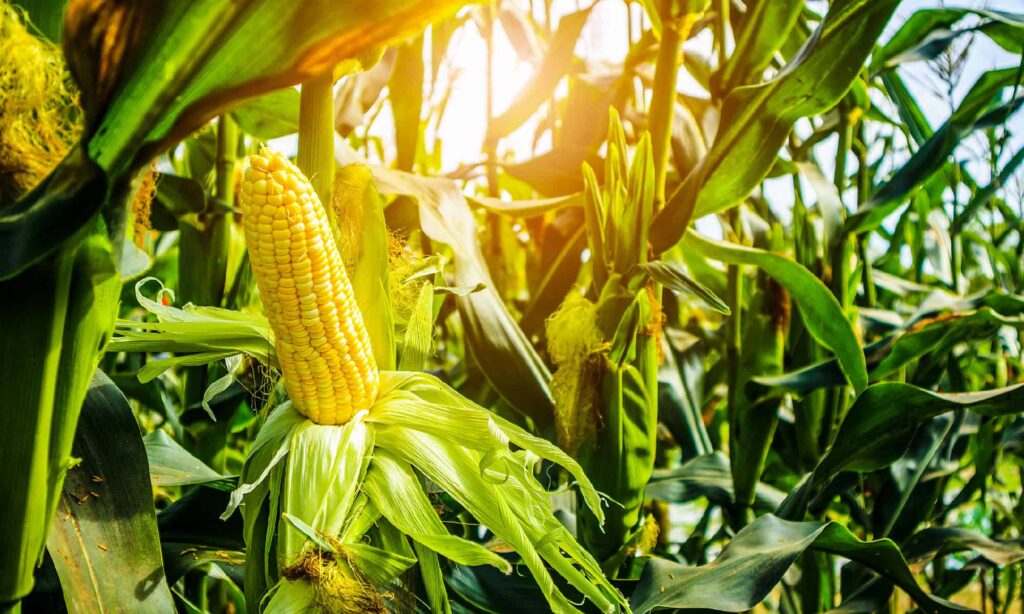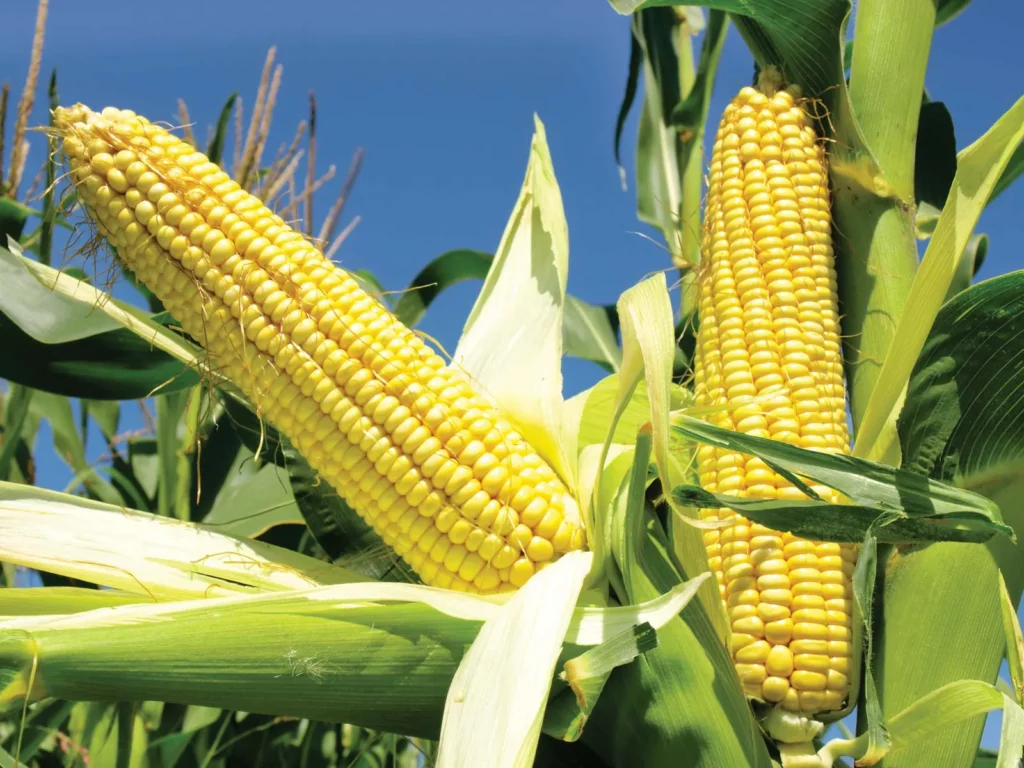What Do We Know Of All About Growing Corn
Into a perfectly ripened ear of sweetness for summer, corn is the finest pleasure for it. So, beginning with our today article, we hope to let and give you all about growing corn. If you can begin with young corn plants and then bonnie plants, it will be quite better for your corn growing. At the beginning of a big harvest, young corn plants will exactly help you!
As corn needs quick nutrition from the soil, corn needs plenty of space to grow independently. Mostly corn is a wind-pollinated plant of grain. Grains of pollen are shed by the tassels that grow from plants’ tops, they must find their way to delicate strands of silk that emerge from newly formed ears.
So, planting corn plants in short rows rather than in long ones will be very easy based on growing corn. You must also know these basic points before growing corn even in your home garden. So, this article will best suit you in every problem that you have faced in this.
In a 3×5 footbed, 15 plants set 1 foot apart can be grown. If you have never grown a crop like this, this will help you to introduce yourself to this growing process very easily. Then later probably after one year of starting in such a way, you can increase the size of planting crops to at least 4 rows about 10 feet long.
This article is all about growing corn and how to grow corn including these types of basic facts will surely lead you to obtain successful cultivation very nearly.
- Corn is not like other vegetable crops such as tomatoes, which bear a long period.
- Quick Guide About How To Grow Corn
- Instead of the last frost, if you can grow corn in the first spring, hold off on planting.
- If you can space these corn crops about 8-12 inches apart in an area, it is better. This area must receive enough sunlight and well-drained soil with a pH of 6.0 to 6.8.
- Mix the typical soil with compost and other rich organic matter.
- Corn can be grown quickly by watering them every day. Make sure to check the soil moisture if you use a soaker hose in a small plot.
- As corn has a big appetite, it’s important to feed plants with water-soluble plant food regularly.
- Prevent weeds from reaching these crops of corn. You can use mulch to keep soil mist to prevent weeds. The mulch should be at least a 3-inch layer.
- Make sure to harvest corn when the ear feels plump and the silks are brown and dry.
Soil, Planting, And Care
All About Growing Corn is specifically based on soil, planting, and care. These are the major and basic reasons that must be remembered while growing corn. So, how to grow corn can be described as follows.
When concentrating on soil content, the availability of compost in the soil is the major component of growing soil. Also, spacing corn 8-12 inches as described above should be kept in mind when growing corn.
In cold climates, you can plant these corn in raised beds covered with black or IRT plastic that will warm the soil. If possible, lay the plastic a week or so before planting.
You also need to treat corn with a regular fertilizer continuously. For this, nutrient-rich soil as mentioned will be very important. Be sure to follow the rates mentioned on the label of the fertilizer.
Normal plants should grow fast with dark green healthy leaves. Cornwall tells you if they are hungry by turning very light green. If so, feed again.
Corns have shallow roots that make them susceptible to drought. As the corn grows faster, they need lots of water to grow properly. Soaker hoses will ensure that your corn gets the water it needs. However, for a large planting, soaker hoses may not be practical.
Hopi And Navaho Techniques Of How To Grow Corn
Native Americans in arid climates planted corn in basins to catch rainwater and help keep corn roots down where water would be available for a longer time. Hopi and Navaho Techniques of how to grow corn with a raised ridge made from the excavated soil around it.
Plants were arranged so that they formed a spiral from the center to help with the support in the wind and with pollination. If you live in an arid climate or a hot climate and have poor sandy soil, as in the Coastal plains the technique could help ensure a good harvest.
So, if you need to know all about grains, this technique is also very important. So, we hope you understand the entire importance of this technique with the correct points.

Troubleshooting
When learning about how to grow grain, this factor will also be important for you. So, what is the meaning of this troubleshooting in corn harvesting?
Corns should be not a type of grain that should allow cross-pollination. So, about how to grow corn, you must make sure about this factor also. So, if you plant various types of corn closer to each other, they will surely cross-pollinate.
So, keep this in mind when you plant such varieties plant them in such a way that pollen from one type does not reach another type. So, all about growing corn will also include such factors in this manner.
Raccoons love corn. The most effective way to keep them out of the patch is to surround it with a fence with 2 strands of electric wire 4 and 12 inches from the ground. Some gardeners have been successful with throwing blackbird netting over and around the plants because some raccoons don’t like it. So, this method is also valuable when finding out how to grow corn and all about growing corn.
All about growing corn methods for keeping raccoons out of corn are as varied as gardeners themselves. We’ve heard of people putting flashing lights in the corn patch, putting a radio on a timer to blare loud music, laying newspaper in rows because the raccoons don’t like to walk on the paper, spraying animal repellents, and other techniques, but a physical barrier such as an electrified fence seems to be the most reliable.
Conclusion
So, through this article, we hope you realize the way to grow corn and all about growing corn. You can try each of these times and experience them. Through experience, you will truly learn about these factors very easily. So, try and try these many types.
You can also share these important facts regarding all growing corn among your friends and the ones who are interested in this corn growing. We also hope to bring you many articles about corn and its nutrients, and health benefits which are provided to them very soon. As always, we remind you to stay tuned to our blog site and keep in touch with our regular articles until next time!

